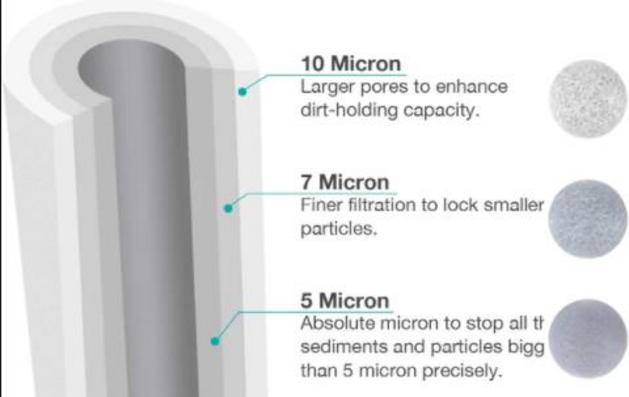Demystifying Micron Ratings: What 5 vs 20 Really Signify in Filtration
Back in college, my roommate swore by a 20-micron filter on our dorm sink—she claimed it saved her from rusty showers whenever campus plumbing got quirky. I laughed until I tasted the difference myself: after swapping to a 5-micron cartridge, that murky tint vanished, leaving water so clear it tasted like spring. Of course, those finer pores clog faster, meaning replacements every few weeks under heavy sediment loads [4]. Yet I quickly realized that pairing a 20-micron pre-filter upstream lets the finer stage breathe easier, cutting replacements almost in half—a trick I learned reading our exploration of micron filter pairings. It’s a layered defence: the coarser barrier shoulders the brunt, while the fine stage polishes the rest.
And, honestly, it usually comes down to your tolerance for maintenance versus your craving for clarity. Do you mind fiddling under the sink every month, or would you rather switch cartridges only seasonally? Either way, understanding those micron numbers is your first step to crystal-clear, worry-free water.
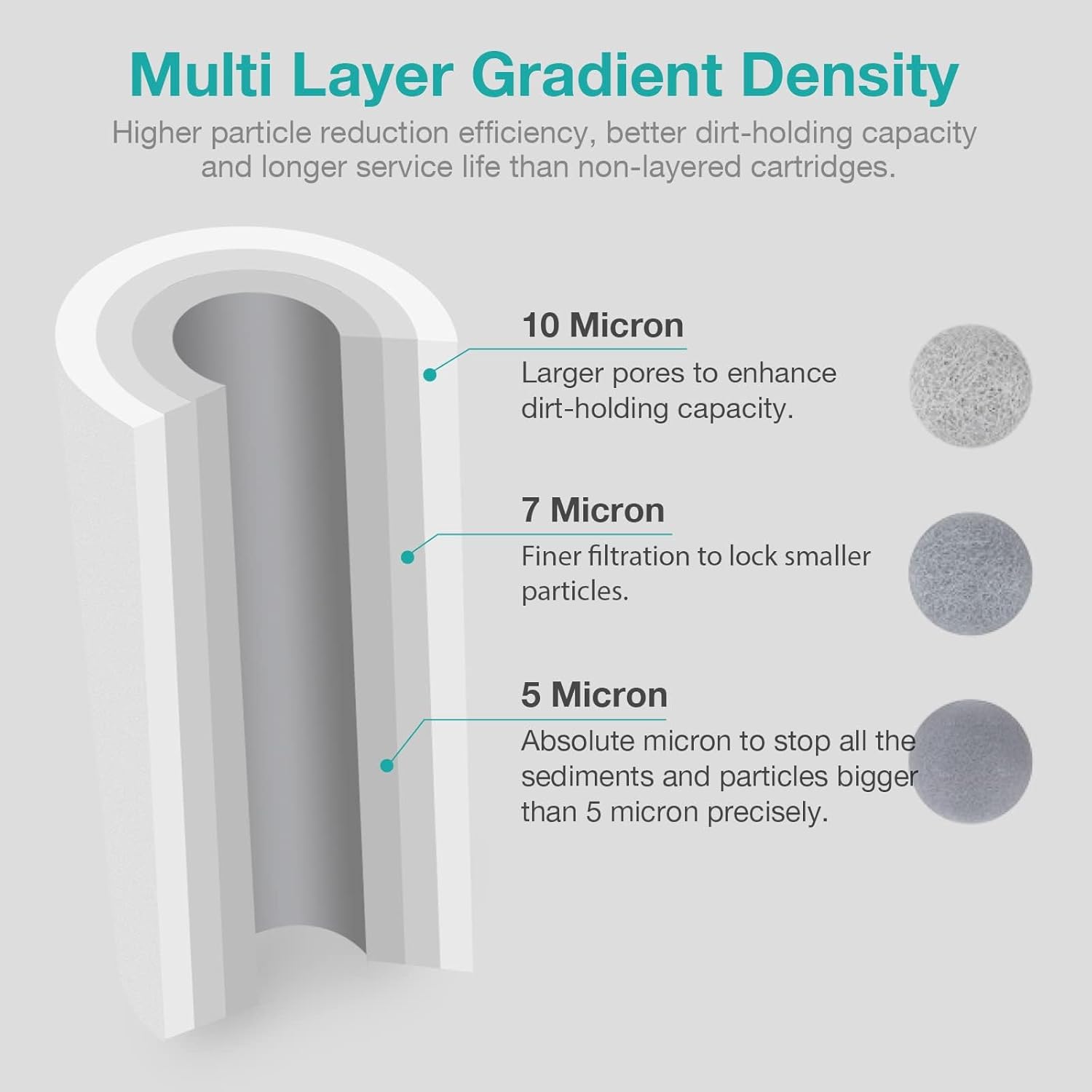
When Finer Means Cleaner: Defining Purity Goals for Your System
You’ve probably seen those shiny glass pitchers in kitchen showrooms, claiming “ultra-fine filtration.” But what does that really mean? A 5-micron rating indicates it will halt particles down to 0.005 millimeters—fine dust, microplastics, even certain bacteria—offering a new level of drinking water clarity. Meanwhile, a 20-micron filter sweeps up only the bigger bits: sand, rust, fibrous debris. It’s the difference between sipping aquarium-clear water and tolerating a dull haze [2][1].
Oddly enough, I never expected to care about micron ratings until my coffee started tasting flat—like boiling pond water rather than roasting-fresh brew. Then I swapped to a 5-micron under-sink cartridge, and wow: brighter aroma, cleaner finish, and zero grit. Sure, that fine mesh demands more frequent swaps [4], but for me it was worth every quick twist under the sink. Homes prioritizing drinking quality or indoor plunge systems lean heavily on this final polish before water reaches your lips.
On the flip side, a 20-micron filter eases maintenance stress. It laughs off gravel, leaf fragments, rust flakes, and lets the finer stage focus on the borderline-invisible stuff. In fact, pairing both ensures the higher-flow, coarser barrier protects the delicate mesh down-stream, extending service life across the board. Curious for more? Our in-depth guide on micron-scale impact dives into the science shaping your sip.
The Science of Size: How Micron Differences Influence Particle Capture
Ask any filtration engineer, and they’ll tell you—pore diameter is destiny. Tiny as they are, those micrometer-scale openings define what water emerges pure enough to drink. A 5-micron filter will trap up to 98% of sediment, from pollen to silt, while a 20-micron barrier snags only the grit that wouldn’t slip through a fine mesh [1][2]. That shift in capture efficiency translates to hazy versus glass-clear water, and to filter lifespans that vary by months.
I once toured a water treatment plant where the operators swapped 5-micron cartridges daily in peak season—an eye-watering chore. They’d later install a 20-micron pre-screen, cutting their fine-stage replacements nearly in half and reducing downtime. Field tests confirm this: 20-micron pre-filters can extend downstream 5-micron cartridge life by up to 50% under heavy sediment conditions [3][4]. Efficiency isn’t just about stopping particles; it’s about balancing capture with performance longevity.
And customers notice. “Switching from 20 to 5 microns felt like upgrading from VHS to HD,” says Sarah, recalling how coffee tasted silkier after the upgrade. With such data in hand, you’re not just filtering water—you’re engineering confidence in every glass.
Battling Flow Resistance: Finding the Sweet Spot Between Speed and Cleanliness
Flow rate and clarity often share an uneasy truce. A fine-mesh 5-micron cartridge can reduce throughput by up to 30%, leaving faucets that trickle instead of gush [1]. Coarser 20-micron barriers, however, roar through rust and grit with minimal pressure drop, making them ideal first-line defenders on well water or outdoor spigots [2].
Consider Mark, who installed a 5-micron cartridge on his shower to avoid that irritating film. He describes his first filtered shower as meditative—until the flow slowed to a lamentable drip. Frustrated, he added a 20-micron pre-filter. The result? A steady stream and pristine water, without weekly maintenance [3]. That dual-stage hack balances clarity with practicality, ensuring your daily routines remain blissfully uninterrupted.
Ultimately, your sweet spot depends on use case: a spa treatment might favor silence over speed, while a bustling kitchen demands both plentiful flow and safe drinking water. By staging filters—coarse first, fine second—you win the best of both worlds.
Fit for Purpose: Ideal Applications for 5-Micron and 20-Micron Filters
Choosing the right filter isn’t a one-size-fits-all affair. A 5-micron pre-filter shines in systems where drinking water quality is king—under-sink units, ice makers, and indoor plunge pools—because it banishes the faintest sediment and even some bacteria, delivering water that tastes like a mountain spring [1][3]. I recall a boutique café owner who switched to a 5-micron cartridge and saw latte art defined by lines so crisp, patrons were mesmerized.
Conversely, 20-micron filters are the reliable workhorses for outdoor irrigation, well-head setups, and industrial pre-treatment. They shrug off rust flakes, leaf debris, and coarse sediment without a flinch, sparing finer filters down-stream from premature clogging [2]. For many installations, pairing both filters creates a harmonious, multi-stage fortress: the 20-micron guard captures the heavy hitters, then the 5-micron polish perfects your water whole-house filter and softener combos.
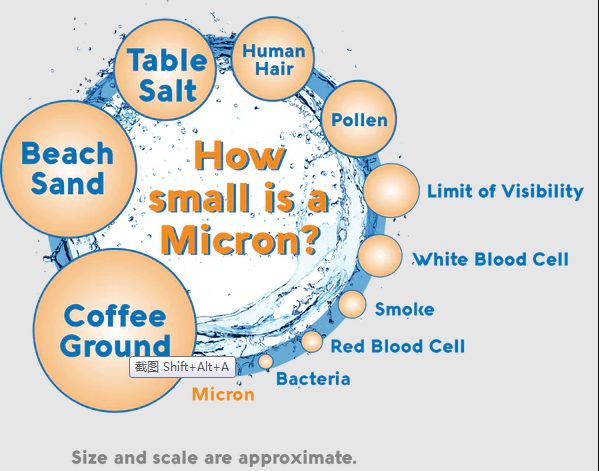
Dollars and Sense: Comparing Cost, Lifespan, and Upkeep Demands
It’s impossible to ignore the dollars and hours tied to your chosen micron rating. A 5-micron cartridge typically retails for $12–$20, while a 20-micron counterpart runs $5–$8. Annual costs can climb above $200 for monthly 5-micron swaps, versus $60–$80 for quarterly 20-micron replacements [1][2].
| Micron Rating | Unit Cost | Lifespan | Annual Replacements |
|---|---|---|---|
| 5 Micron | $12–$20 | 30–60 days | 6–12 |
| 20 Micron | $5–$8 | 3–6 months | 2–4 |
Maintenance time adds up, too. Frequent 5-micron changes—often every 1–2 months—mean more days crouched under sinks, lasting sometimes a nerve-wracking Saturday chore. Emma, a homeowner I chatted with, confessed she dreaded those swaps until she adopted a dual-stage system, cutting fine-filter changes by half [4]. Field data suggests pairing a 20-micron pre-filter with a 5-micron stage can reduce fine-filter replacements by up to 50%, blending clarity with economy.
Assurance in Every Drop: Evaluating Water Quality and Safety Outcomes
Every sip you take carries the promise of safety when your filtration strategy aligns with your water’s challenges. A 5-micron cartridge eradicates virtually all visible sediment and some bacteria, delivering water as clear as a mountain stream [1][2]. In contrast, a 20-micron filter guards coarse sediments, protecting more delicate cartridges downstream and keeping replacement intervals predictable [3]. This dance between stages ensures water meets regulatory guidelines for particulate matter and sediment.
Consider Laura, the school teacher who insisted on 5-micron under-sink cartridges in her classroom water fountains. Her students never complained of stomach aches, and parents reported newfound confidence in the school’s water quality. Studies confirm that finer filtration can reduce sediment-related digestive issues and curb exposure to micro-contaminants [5]. It’s more than clarity—it’s peace of mind.
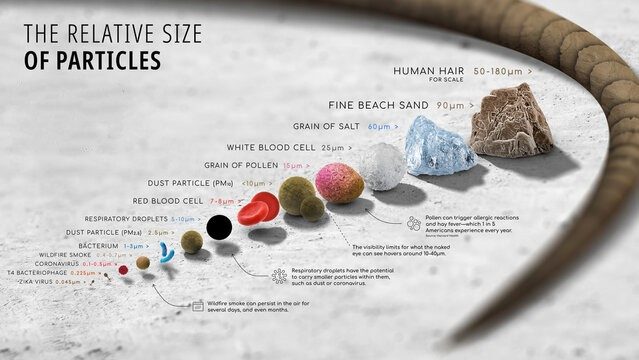
Green Filtration: Assessing the Environmental Impact of Micron Choices
Our filtration choices ripple beyond the kitchen sink, touching waste streams and resource consumption. Because 5-micron filters clog three times faster than 20-micron units, they generate more plastic waste and demand more frequent disposal [1][3]. Conversely, 20-micron cartridges can last twice as long, cutting replacement frequency—and associated carbon footprints—by nearly half [2].
Sarah, a mom in Maine, swapped her fine pre-filter for a 20-micron stage and saw a 40% drop in discarded housings and a 25% dip in water usage during backwashing cycles. Community pilots echo these gains, confirming that smart staging can reduce total cartridge waste by up to 30% [4]. Pairing a 20-micron first line with a 5-micron finish is, quite literally, a win for people and planet.
Choosing With Confidence: Expert Guidelines For Your Next Filter Upgrade
First, pinpoint your priority: is it spot-free glassware, or do you need rock-solid protection against sediment? Micron ratings measure the maximum particle size a filter blocks. A 5-micron cartridge stops fine silt and some bacteria, while a 20-micron unit handles chunkier debris like sand and rust [1][2]. If installing whole-house filtration, start with a coarser pre-filter to shield downstream stages—our whole-house filter and softener combos guide shows you how to plan.
Next, assess your usage patterns. Busy families and well-water users typically benefit from finer filtration, while weekend cabins do fine with rugged 20-micron cartridges that stretch months between changes [4]. Finally, weigh cost versus flow: a finer filter costs more over time and may throttle your faucet, whereas a coarser one offers steady throughput and lower replacement frequency. Experts often recommend a 20-micron sediment filter paired with a 5-micron carbon block to maximize both lifespan and purity [5]. Armed with these insights, you’ll upgrade with confidence, knowing exactly which micron rating fits your life.
Key Takeaways & Final Words
At its essence, a 5-micron filter traps the finest silt and even some bacteria, delivering water so clear it tastes like you’re drinking from a mountain stream, albeit with more frequent replacements [1][2]. A 20-micron cartridge, by contrast, handles larger debris—rust, sand, leaves—offering longer intervals between changes and steady flow.
Many systems strike a balance by pairing both: the 20-micron pre-filter shoulders the heavy lifting, while the 5-micron second stage polishes every drop to sheer perfection. This dual-stage harmony not only saves time and money but also extends cartridge life by up to 50% [3][4]. With these guidelines in hand, you’re ready to choose a filter that delivers both performance and peace of mind—every drop, every day.
Citations
- [1] theosone.com – What’s the Difference Between a 20, 15 and 5 Micron Filter? Why It Matters
- [2] freshwatersystems.com – How Many Microns Should Your Water Filter Be?
- [3] commercialfiltrationsupply.com – A Better Understanding of Micron Ratings
- [4] brotherfiltration.com – How Many Microns Should Your Water Filter Be?
- [5] pgfilters.com – The Truth About Oil Filter Micron Ratings
“`html
Complete Top Picks Comparison – 23 Products
| Product | Source | Price | Rating | Image | Buy |
|---|---|---|---|---|---|
| AO Smith 2.5\”x10\” 5 Micron Sediment Water Filter Replacement Cartridge – 2 Pack – For Whole House Filtration Systems – AO-WH-PREV-R2 | Amazon | $16.99 | ★★★★★ |  | Buy on Amazon |
| Aquaboon Whole House 1 Micron 10 x 2.5 PP Grooved Sediment Water Filter Cartridge Replacement Compatible with AP110, WHKF-GD05, CFS110, P5, 6-Pack | Amazon | $27.79 | ★★★★★ |  | Buy on Amazon |
| Pentair Pentek DGD-5005 Big Blue Water Filter, 10-Inch Whole House Sediment Filter Cartridge Replacement, Dual-Gradient Density Spun Polypropylene, 10\” x 4.5\”, 5 Micron, Pack of 1 | Amazon | $17.66 | ★★★★★ |  | Buy on Amazon |
| Culligan WH-S200-C Whole-House Sediment Water Filtration System, Clear | Amazon | $45.23 | ★★★★☆ |  | Buy on Amazon |
| Aquaboon 5 Micron 10 x 2.5 Grooved Sediment Water Filter Replacement for Whole House Filter Cartridge Compatible with AP110, WHKF-GD05, CFS110, 6-Pack | Amazon | $26.79 | ★★★★★ |  | Buy on Amazon |
| Aquaboon 5 Micron 10 x 2.5 Carbon Block Water Filter Cartridge CTO Whole House Water Filter Replacement Compatible with WHKF-WHWC, FXWTC, 4-PACK | Amazon | $26.79 | ★★★★★ |  | Buy on Amazon |
| Aquaboon 5 Micron 20 x 4.5 Whole House Sediment Filter Cartridge 20 inch Water Filter Replacement Compatible with DGD-5005-20, FP25B, AP810-2, 2-Pack | Amazon | $45.79 | ★★★★★ |  | Buy on Amazon |
| Aquaboon 1 Micron Pleated Water Filter 10 x 4.5 for Whole House Sediment Water Filter Replacement Compatible with Well Filters FXHSC, R50-BBSA (2-PACK) | Amazon | $25.79 | ★★★★★ |  | Buy on Amazon |
| Membrane Solutions 5 Micron 2.5\” x 10\” CTO Carbon Block Water Filter Cartridge Replacement for Whole House Filtration Systems, Compatible with WFPFC8002, WFPFC9001, FXWTC, WHKF-WHWC, 6-Pack | Amazon | $32.99 | ★★★★☆ |  | Buy on Amazon |
| Aquaboon Whole House 1 Micron String Wound Water Filter 10 x 2.5 Cartridge for Well Water Filter Replacement Compatible with WHKF-WHSW, AP110, 6-Pack | Amazon | $33.79 | ★★★★★ |  | Buy on Amazon |
| 2024 Used ZOTAC GeForce RTX 3070-8GD6 X-GAMING Video Cards RTX 3070 8GB GDDR6 256bit GPU Graphic Card | AliExpress | $124.68 |  | Buy on AliExpress | |
| Pool Filter Drain Plug Pool Pump Replacement Parts Water Outlet Nozzle Skimmer Cover Gasket Seal For Spa Tank Maintenance | AliExpress | $10.90 |  | Buy on AliExpress | |
| MAXSUN Graphics Cards RTX 4060 Terminator 8G GDDR6 GPU 128bit PCI Express 4.0 X8 Gaming Video Card Desktop Computer Components | AliExpress | $151.87 |  | Buy on AliExpress | |
| USED Video card RTX 3070M (3070 Laptop) 8GB 256Bit DDR6 Non LHR Perfectly Compatible With Mining BTC ETH Speed Reaches 65+MH/S | AliExpress | $118.43 |  | Buy on AliExpress | |
| Hose Paint Fittings AIRBRUSH MINI AIR FILTER Moisture Water Trap 1/8 inch Tool Kit | AliExpress | $3.98 |  | Buy on AliExpress | |
| Bincoo Transparent Coffee Cup Stainless Steel Long Filter Cold Extraction Cup Glass Soaking Cold Brewing Pot Office 500ml Water | AliExpress | $27.09 | 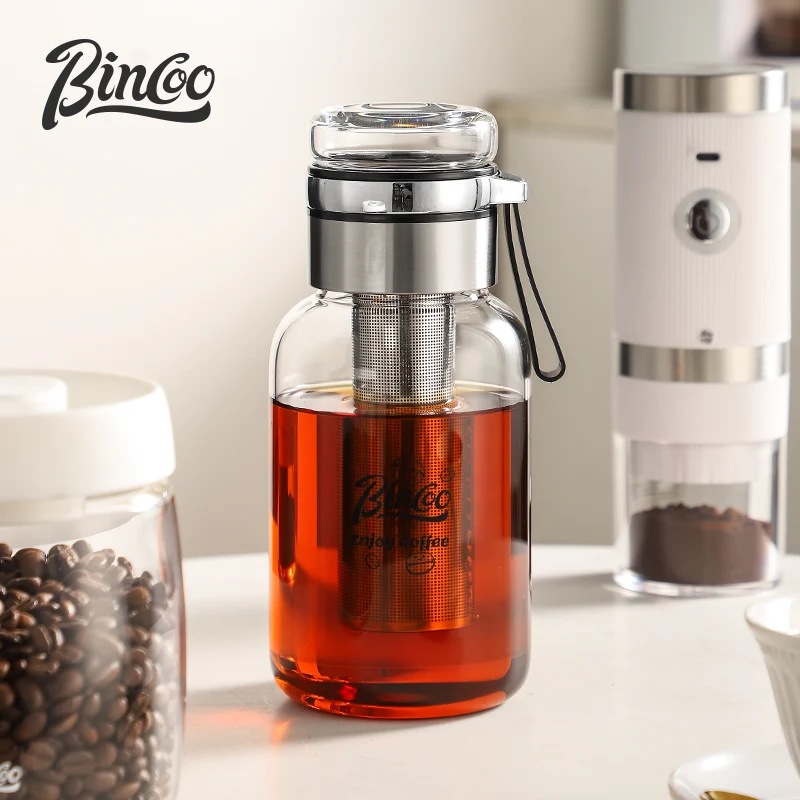 | Buy on AliExpress | |
| USED Graphics Card RTX 3060 12GB 8pin Placa De Video GAME NVIDIA GPU GDDR6 192bit HDMI*1 DP*3 PCI Express 4.0 x16 rtx 3060 12gb | AliExpress | $107.87 |  | Buy on AliExpress | |
| Petrol Filter Parking Heater Intake Filter Marine Water Separator Replacement Oil Filter Auto For Webasto/ Eberspacher | AliExpress | $11.20 |  | Buy on AliExpress | |
| Suitable for Toyota Prado LC250 2024 modified wiper, water tank filter, glass water filter accessories | AliExpress | $3.44 |  | Buy on AliExpress | |
| Factory Bestseller Small Ice Baths Water Chiller With Filter Cold Plunge Cooling Equipment For Home | AliExpress | $344.02 |  | Buy on AliExpress | |
| 3 PACK Bosch Ultra Clarity Pro BORPLFTR50 Water Filter White #WFS200MF/WFS210MF | eBay | $38.59 |  | Buy on eBay | |
| GLACIER FRESH UKF8001 Water Filter | Compatible with Whirlpool, 3-Pack | eBay | $25.99 |  | Buy on eBay | |
| Bluevua RO100ROPOT-UV Reverse Osmosis System Countertop Water Filter – 6 Stage | eBay | $250.00 | Buy on eBay |
“`

